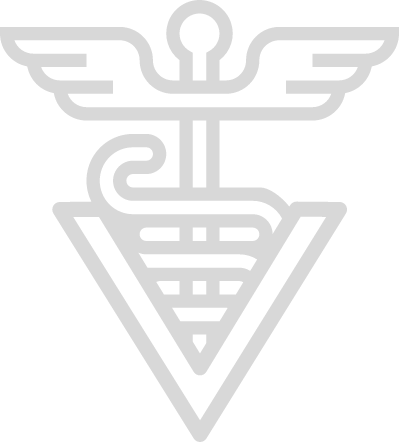- Head or Brain Trauma, Blow to Head
- Cannot Seem to Get Up, Lying Down, Seems Aware
- Seizures or Convulsions (in Adult)
- Traumatic Incident Witnessed
- Sudden Collapse or Apparent Loss of Consciousness
- Unconscious, Lying Down & Not Responsive
- Change in Personality, Strange Behavior
- Bleeding from Ear
- Bleeding from Nostrils or Nose

YOU ARE OBSERVING
Lying Down & Paddling
Summary
Paddling with inability to rise is usually indicative of a severe disease with a poor prognosis, regardless of the cause. This is especially true if the horse is down for longer than a few minutes.
-
Code Red
Call Your Vet Immediately, Even Outside Business Hours
your role

What To Do
Call your vet immediately.Stay away from the horse's limbs as you could be seriously injured. Assess and comfort the horse from their backside only. Provide shade or protection from the elements if it is safe to do so and until your vet arrives.
What Not To Do
Do not get in the way of the limbs of a down horse in this state. You can be seriously injured.
Skills you may need
Procedures that you may need to perform on your horse.
your vet's role

Your vet evaluates the horse in its position on the ground. They may try to get the horse to rise, in order to evaluate its ability to do so. Depending upon this initial evaluation, they will probably suggest other diagnostics and treatments aimed at trying to get the horse to its feet.
NOTE: This observation is associated with Rabies, which is very rare in horses but does occur. As a precaution, wear gloves when handling a horse exhibiting strange behavioral signs.
- Can I have your location and directions to get to you as soon as possible?
- Is the horse vaccinated for Rabies, Encephalitis and West Nile virus?
- When was the horse last vaccinated?
- Has there been a traumatic incident that you know of?
Diagnostics Your Vet May Perform
Figuring out the cause of the problem. These are tests or procedures used by your vet to determine what’s wrong.
Diagnoses Your Vet May Consider
The cause of the problem. These are conditions or ailments that are the cause of the observations you make.
-
Brain, Traumatic Injury, Concussion & Brain Swelling
-
Trauma as Cause, Generally
-
Fracture of Base of Skull & Brain Case
-
West Nile Virus, WNV
-
Hyperkalemic Periodic Paralysis, HYPP
-
Seizures or Epilepsy, Unknown Cause (in Adult)
-
Brain Diseases, Generally
-
Eastern, Western & Venezuelan Equine Encephalomyelitis
-
Meningo-Encephalitis, Meningitis
-
Rabies
-
Tetanus
-
Botulism
Treatments Your Vet May Recommend
A way to resolve the condition or diagnosis. Resolving the underlying cause or treating the signs of disease (symptomatic treatment)
